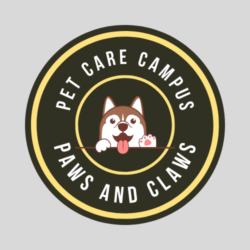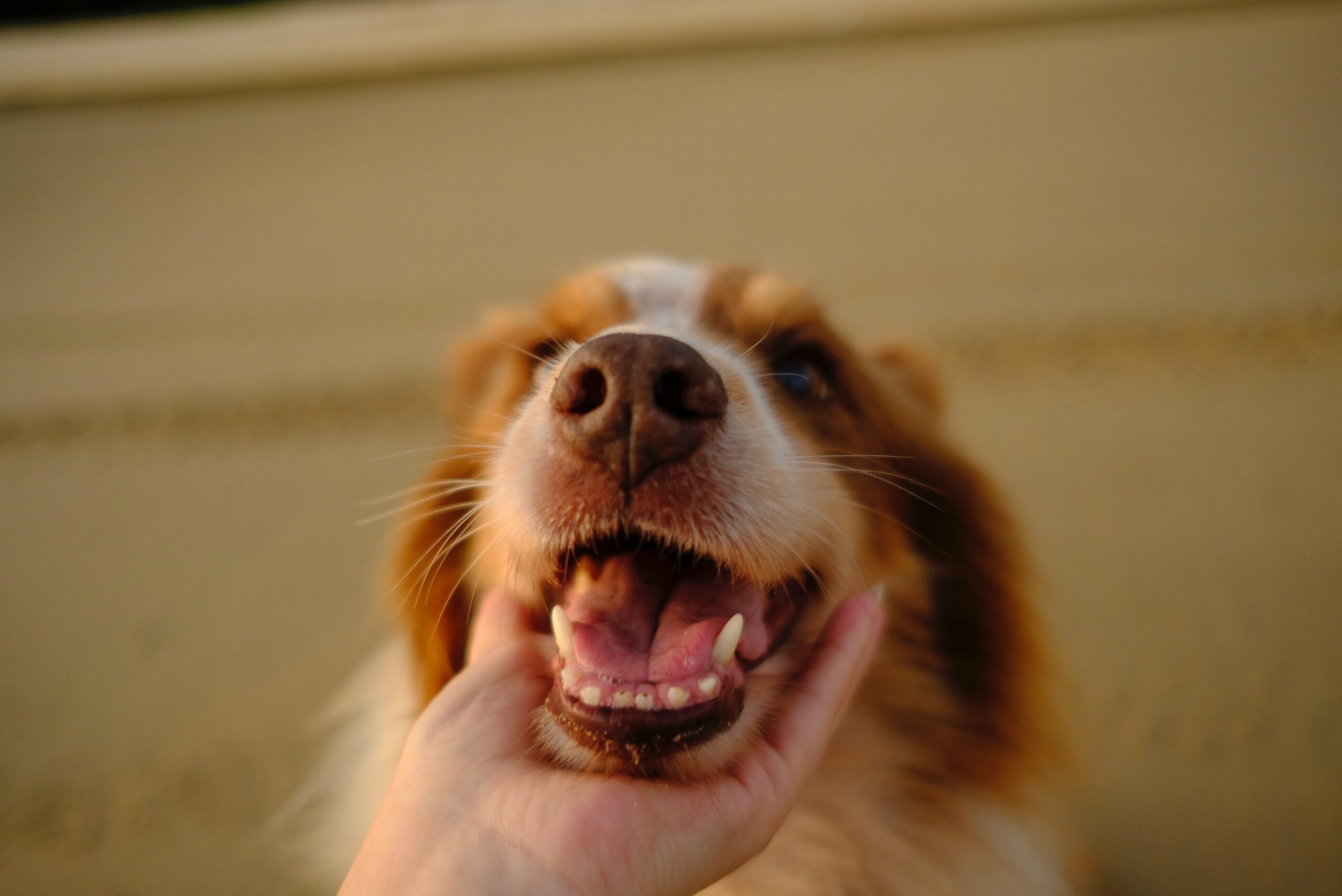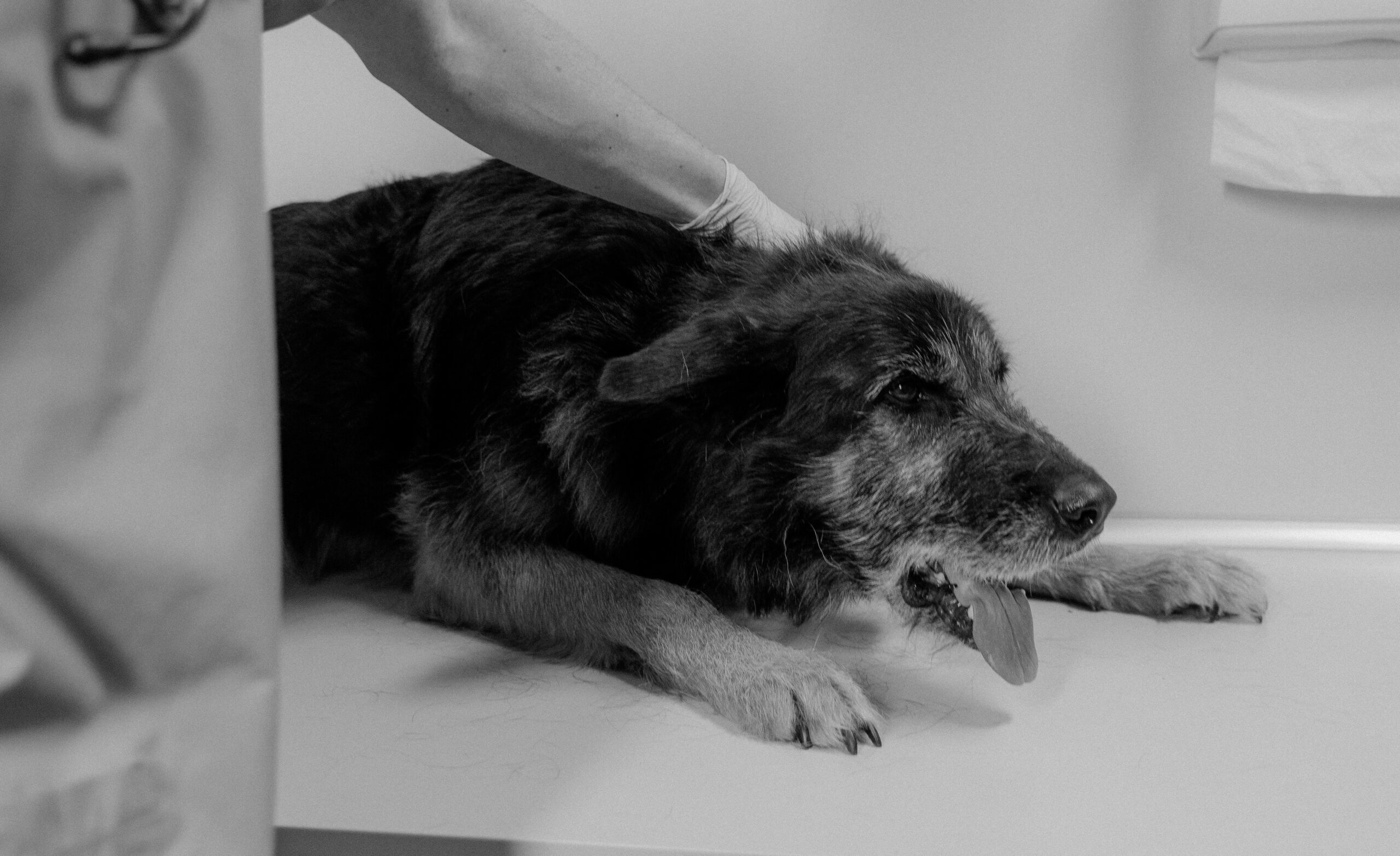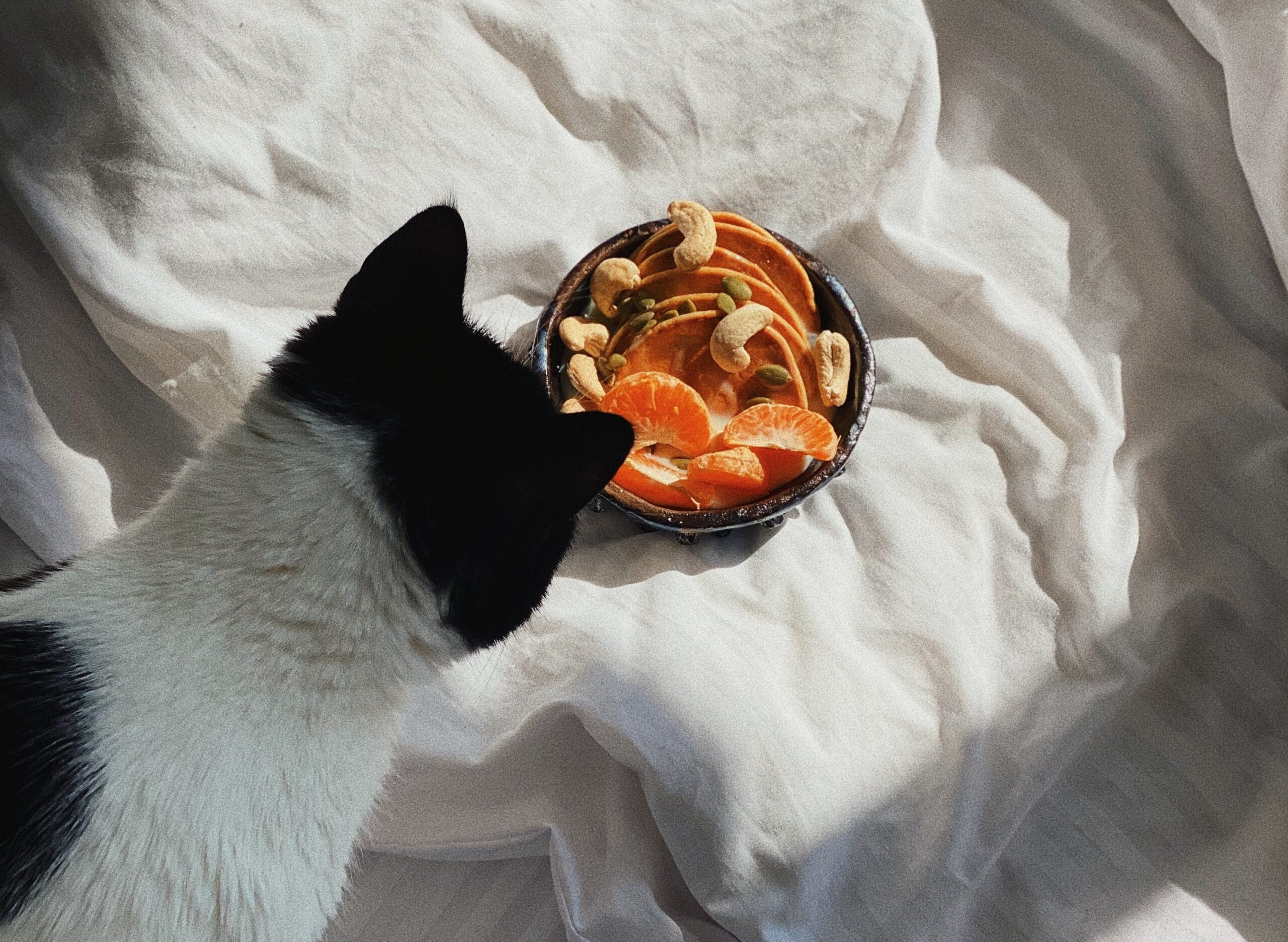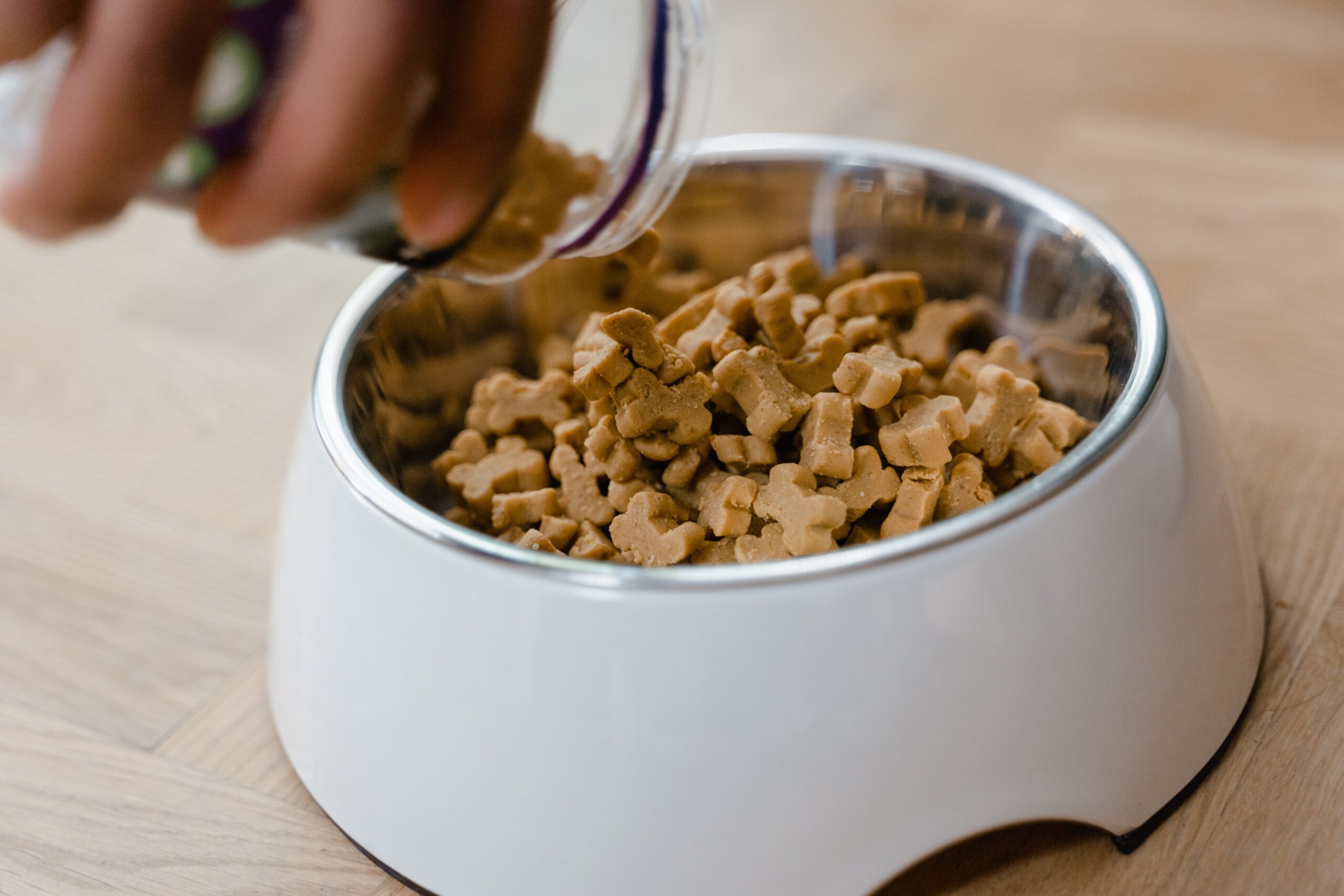The Vital Link between Your Furry Friend’s Diet and Dental Health
As a pet parent, keeping your furry friend healthy and happy is your top priority. While most pet owners understand the importance of regular vet visits and exercise. Many overlook the critical role of diet in their pet’s dental health. In this article, we’ll explore the vital link between your pet’s diet and their dental health and provide tips on how to maintain their oral hygiene.
Why Your Pet’s Diet Matters
A well-balanced diet is essential for maintaining your pet’s overall health and wellbeing. However, the quality and composition of the food you provide your pet, have a significant impact on their dental health. Feeding your furry friend a diet that is high in sugar, carbohydrates can lead to tooth decay, gum disease, and other oral health issues.
The Role of Nutrition in Dental Health
Your pet’s diet plays a vital role in their dental health. Nutrients such as calcium, phosphorus, and vitamin D are essential for strong teeth and bones. Feeding your pet foods that are rich in these nutrients can help maintain healthy teeth and prevent dental issues.
In addition to these essential nutrients, the texture and consistency of the food also impact their dental health. Chew toys can help scrape away plaque and tartar buildup on their teeth, reducing the risk of dental disease.
Tips for Maintaining Your Pet’s Oral Hygiene
Feeding your pet a balanced and nutritious diet is just one part of maintaining their oral hygiene. Here are some additional tips to keep your furry friend’s teeth and gums healthy:
- Regular Brushing: Brushing your pet’s teeth regularly is the most effective way to prevent dental disease. Use a soft-bristled brush and pet-specific toothpaste to gently scrub away plaque and tartar buildup.
- Professional Dental Cleanings: Just like humans, pets need regular dental cleanings to maintain healthy teeth and gums. Schedule regular checkups with your vet to ensure your pet’s dental health is in check.
- Provide Chew Toys: Chew toys and dental chews can help keep your pet’s teeth healthy by reducing tartar buildup and keeping their jaws strong.
Conclusion
Your pet’s diet plays a vital role in their dental health. Feeding them a balanced and nutritious diet, providing them with chew toys, and regular brushing are all essential steps in maintaining your pet’s oral hygiene. Remember, a healthy mouth is a happy mouth, and keeping your furry friend’s teeth and gums healthy will go a long way in ensuring their overall health and wellbeing.
